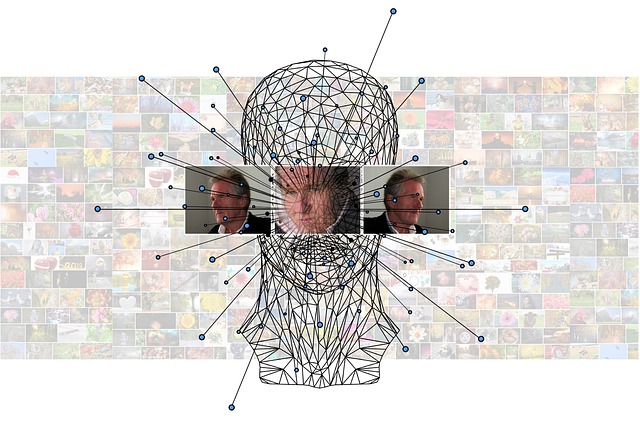Mastering Learning Algorithms: Navigating Robotics and AI in Business Automation
In the rapidly evolving landscape of technology, learning algorithms play a pivotal role, particularly in fields like robotics and artificial intelligence (AI). As businesses increasingly rely on automation to enhance efficiency, the understanding and mastery of these algorithms have become essential for adapting to market demands. The need for businesses to stay flexible and responsive is more crucial than ever.
At the heart of robotics is the ability to process information and respond to environmental changes. This is where learning algorithms particularly shine. They enable robots to learn from their experiences, analyze vast amounts of data, and make intelligent decisions autonomously. Imagine a factory floor where robotic arms not only assemble products but also predict maintenance needs, thereby minimizing downtime. This is the power of learning algorithms at work, transforming traditional approaches to production and management.
Artificial intelligence, bolstered by advanced learning algorithms, is redefining how organizations operate. AI systems can analyze customer behavior, optimize supply chains, and personalize user experiences, paving the way for increased productivity and profitability. For instance, clever algorithms can sift through customer data to identify trends, allowing businesses to tailor their marketing strategies effectively. This adaptability not only enhances the customer experience but also positions the company to respond dynamically to changing market conditions.
Business automation through robotics and AI is not merely about replacing human labor; it’s about augmenting human capabilities. As we plunge deeper into the realm of digital transformation, it becomes evident that learning algorithms are not just tools—they are the backbone of innovation. Creating automated systems that can evolve independently means businesses must invest in the continuous learning and training of these algorithms, ensuring they adapt over time to meet new challenges.
However, embracing this technology comes with its own set of challenges. Companies must navigate the complexities of integrating learning algorithms into their existing systems. This adaptation process requires not only a robust technological framework but also a cultural shift within organizations. Employees must be trained to work alongside AI and robotic systems, fostering an environment where human insight and machine learning converge for optimal outcomes.
The adaptability of learning algorithms extends beyond integration; it lies in their ability to handle unpredictability. In today’s world, businesses face constant change—from shifting consumer preferences to unforeseen global events. Learning algorithms provide the agility needed to pivot strategies swiftly. By harnessing real-time data analytics and machine learning, organizations can adjust their operations, ensuring they remain competitive and relevant.
As we delve deeper into the potential of robotics and AI in business automation, it’s vital to understand that the journey doesn’t end with implementation. Continuous learning and improvement are indispensable. Monitoring the performance of learning algorithms, assessing their impact, and iterating on processes are all crucial steps in this ongoing journey. Businesses must embrace a mindset of perpetual evolution, where learning becomes a shared value across teams.
In this era of rapid advancement, organizations that successfully master learning algorithms will likely lead the charge in innovation. By intertwining robotics and AI with business automation, they will unlock unprecedented efficiencies and create new avenues for growth. The era of adaptive learning has arrived, and businesses that harness its power will not only survive but thrive in an ever-changing landscape.




